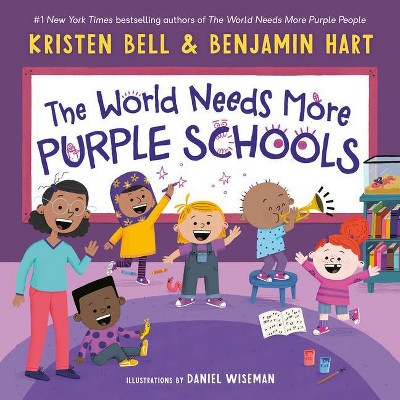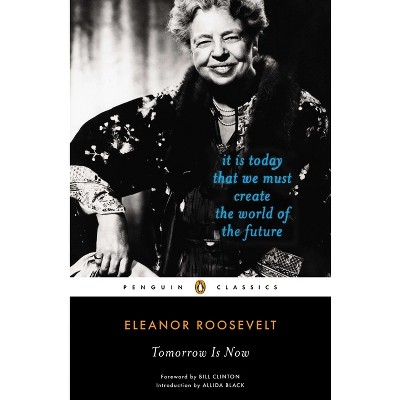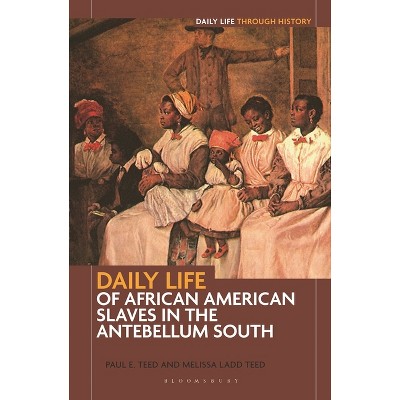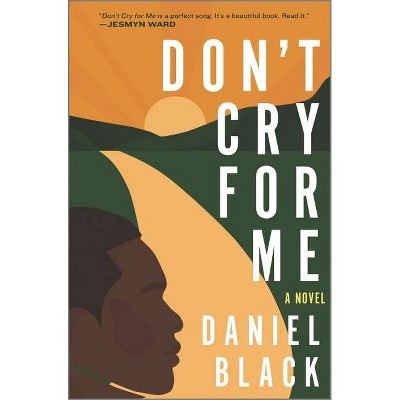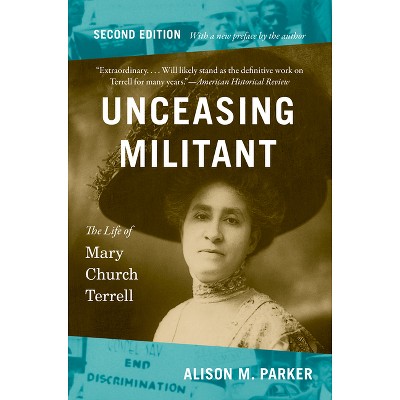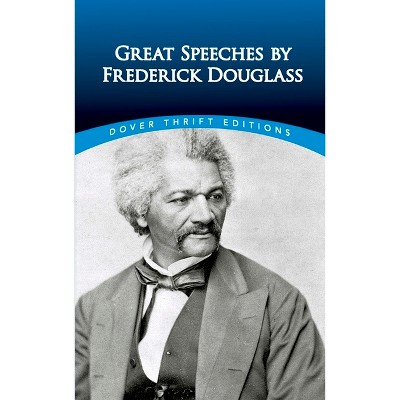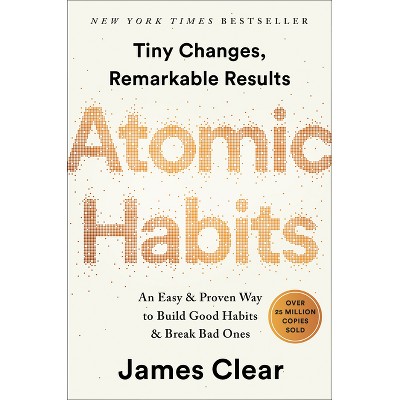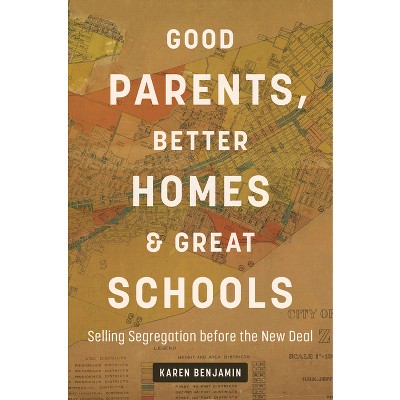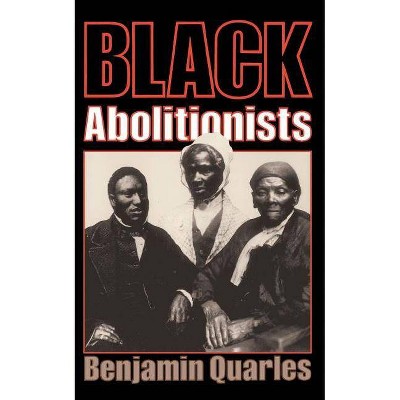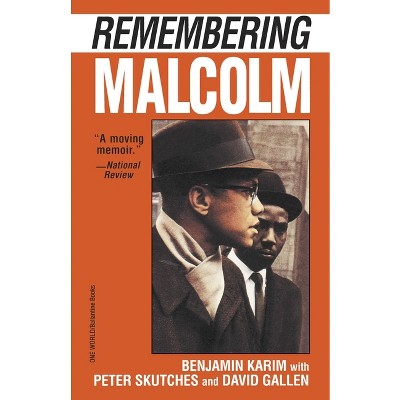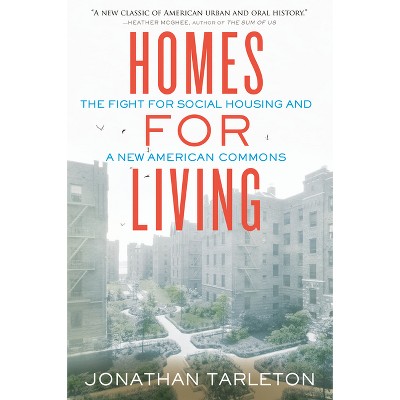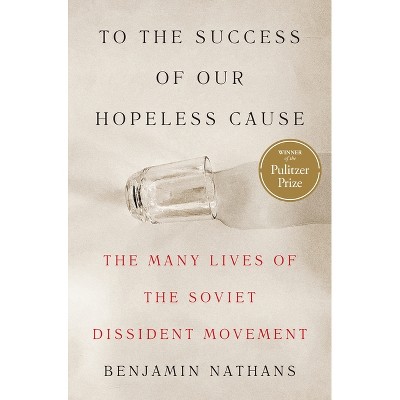Sponsored

Good Parents, Better Homes, and Great Schools - by Karen Benjamin
In Stock
Sponsored
About this item
Highlights
- Good Parents, Better Homes, and Great Schools examines how white residential developers, planning consultants, and their allies in government strategically replaced block-level segregation with segregation at the neighborhood level in New South cities such as Atlanta, Baltimore, Birmingham, Houston, Raleigh, and Winston-Salem.
- About the Author: Karen Benjamin is associate professor of history at Elmhurst University.
- 440 Pages
- Social Science, Ethnic Studies
Description
About the Book
"Good Parents, Better Homes, and Great Schools examines how white residential developers, planning consultants, and their allies in government strategically replaced block-level segregation with segregation at the neighborhood level in New South cities such as Atlanta, Baltimore, Birmingham, Houston, Raleigh, and Winston-Salem. Going beyond the well-known Home Owners' Loan Corporation maps of the 1930s, Karen Benjamin traces segregation tactics back to the late nineteenth century, when this public-private partnership laid the groundwork for the nationwide segregation strategies codified by the New Deal. This book links the tactics of residential and school segregation to prevailing middle-class ideas about what constitutes good parenting, ensuring the longevity of both practices. By focusing on efforts that specifically targeted parents, Benjamin not only adds a new dimension to the history of residential segregation but also helps explain why that legacy has been so difficult to undo"--Book Synopsis
Good Parents, Better Homes, and Great Schools examines how white residential developers, planning consultants, and their allies in government strategically replaced block-level segregation with segregation at the neighborhood level in New South cities such as Atlanta, Baltimore, Birmingham, Houston, Raleigh, and Winston-Salem. Going beyond the well-known Home Owners' Loan Corporation maps of the 1930s, Karen Benjamin traces segregation tactics back to the late nineteenth century, when this public-private partnership laid the groundwork for the nationwide segregation strategies codified by the New Deal.
This book links the tactics of residential and school segregation to prevailing middle-class ideas about what constitutes good parenting, ensuring the longevity of both practices. By focusing on efforts that specifically targeted parents, Benjamin not only adds a new dimension to the history of residential segregation but also helps explain why that legacy has been so difficult to undo.
Review Quotes
"A common response to the persistence of school segregation is the resigned claim that it's simply the result of segregated neighborhoods. In this powerful and accessible book, Karen Benjamin reveals how southern politicians and developers deliberately created those segregated neighborhoods to make school integration impossible--and how white parents were active participants in that effort. Nuanced and sharply argued, this is a long-overdue answer to a deeply entrenched myth, full of world-altering insight."--Noliwe Rooks, author of Integrated: How American Schools Failed Black Children
"In this rich account of early twentieth-century urban development, Benjamin details how white, middle-class society became obsessed with generating and preserving the best neighborhoods for child-rearing. In so doing, she offers a novel and compelling rationale for the rise of suburban-style land use and segregation. Developers, real estate agents, politicians, and parents all played instrumental roles in this process. Good Parents, Better Homes, and Great Schools will change the way scholars understand our built environment."--Jessica Trounstine, author of Segregation by Design: Local Politics and Inequality in American Cities
"Karen Benjamin gives us much to think about in this important new book. Through meticulous research, Good Parents, Better Homes, and Great Schools highlights the children-centered nature of racially discriminatory residential zoning practices in the New South, as planners and developers capitalized on white parenting anxieties to create segregated neighborhoods, parks, and schools. It's a compelling read that will reperiodize the way many of us understand the history of urban development and racial segregation in the United States."--Judith Kafka, City University of New York
"This deeply researched book uncovers how planners, developers, officials, and white parents defended suburban school and housing segregation through a 'child-centered' ethos in the early twentieth century. With striking visuals, Karen Benjamin shows how restrictive covenants, exclusionary zoning, and school siting in cities like Atlanta, Raleigh, and Baltimore created a national model that framed segregation as a form of child protection and responsible parenting. A powerful reminder of the segregationist roots--and enduring racial and class consequences--of moving to the suburbs 'for the schools.'"--Matthew Lassiter, author of The Suburban Crisis: White America and the War on Drugs
"With unusually sophisticated research and cross-disciplinary skill, Karen Benjamin has uncovered how parenting practices combined with racially discriminatory government action to spur residential segregation. Good Parents, Better Homes, and Great Schools is an eye-opener!"--Richard Rothstein, author of The Color of Law: A Forgotten History of How Our Government Segregated America
About the Author
Karen Benjamin is associate professor of history at Elmhurst University.Shipping details
Return details
Discover more options
